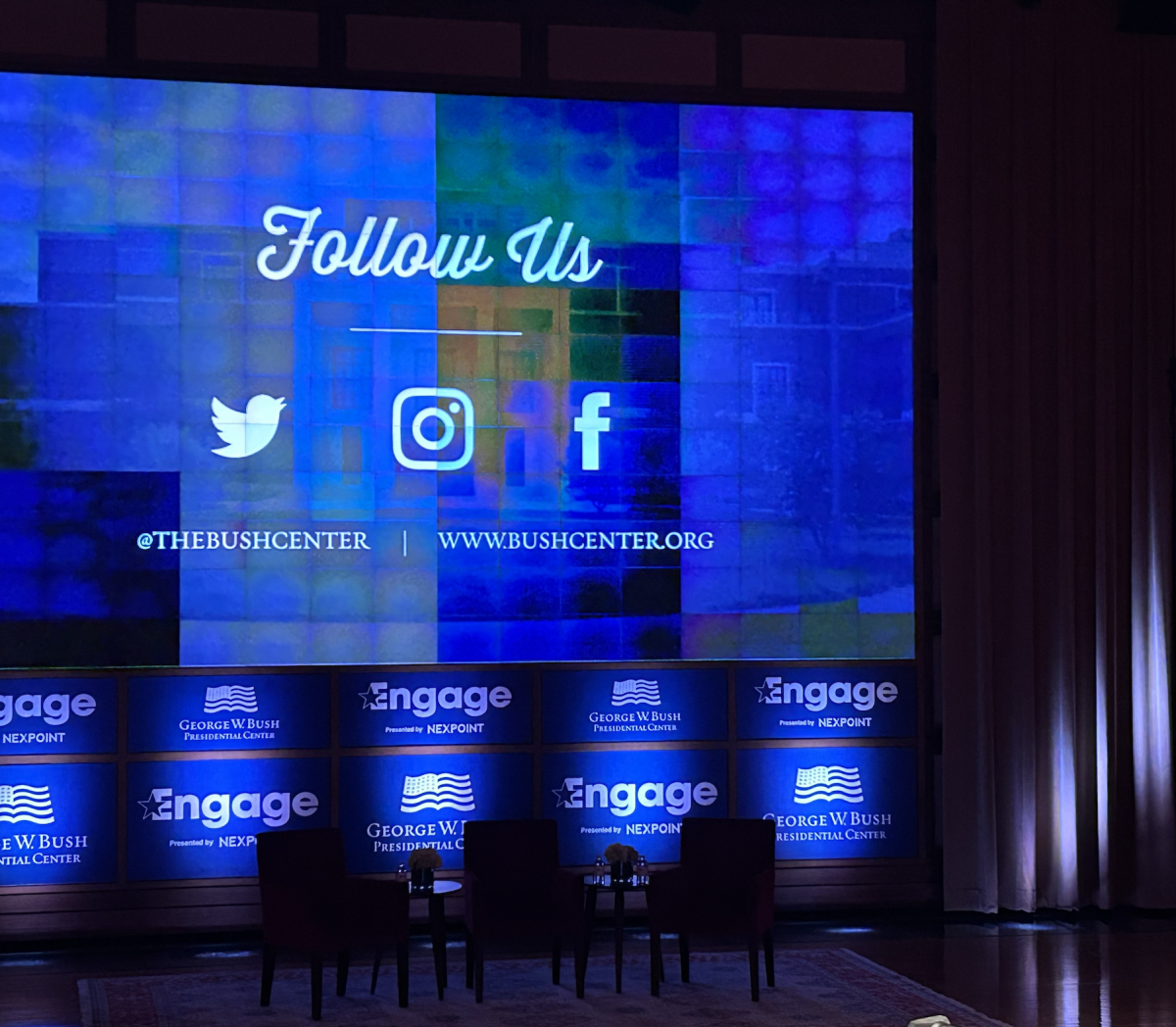Immigration reform has been an increasingly dominant issue in American politics over the past years; yet the wedge that it creates in this country makes a solution seem far off.
I spent this past summer along the Arizona-Mexico border. The trip forced me to re-explore, re-assess and re-define my stance on proposed immigration reform plans.
There is a significant gap between what are perceived to be the immigration “problems” and what the actual realities are. There is a perceived distinction between the needs of the two sides of immigration—the case of border security and the future of the immigrants already in the U.S. However, the basis of the two arguments I found along the border itself does not necessarily fall within those lines.
Immigration was, overall, grouped into two categories that were not blatantly border versus illegals: they were drugs and people.
The drug side of the immigration issue was attributed almost entirely to border security. Beneath that surface level was the fact that drugs are coming into America because there is an enormous market for such. Many people’s question was, “If the government is going to throw money at a drug problem, why not address the American source?”
Because that is not a plausible response, the focus remains on the physical border. But the response from many I spoke with was that increased financial build-up at the border will not solve the problem. The border itself needs to be fixed, not blindly encouraged to grow. It is one thing to propose a solution from a policy perspective in Washington, D.C., miles away from the most dense concentration of the problem. It’s another to live the problem day-to-day.
The answer to the border security question was one never offered with a solution, but tied rather to a list of “do nots.” Perhaps this is the reason border build up is one of the only acceptable solutions that has been considered so far in addressing the drug migration.
On the human side are 11.1 million people in the U.S. working, going to school, and building lives that benefit—economically and culturally—entire communities. Many people in Tucson and Nogales, Ariz., say the majority of the undocumented immigrants would be a substantial loss to the economy and culture. They came here to work and receive an education, and they need those opportunities to afford to stay here—there are no free tickets if they want to make a life in the U.S., contrary to what some arguements may propose.
The issue of the drug trade cannot be generally grouped in the same “solution search” as that for the documentation status of our nation’s community of families, workers, DREAMers and students.
The crime organizations are based—and for the most part, remain—on the south side of the dividing fence. Their drugs may come across to the American market, but virtually anyone caught at the wrong place and the wrong time can be forced to be a drug mule. There was a case just in the last year when an American woman was arrested for unknowingly having drugs under her bus seat before crossing back into Arizona.
Looking at immigration and trying to connect the dots between politics, economics and basic realities is frustrating. Stereotypes based on exclusivity and fear seem to rule over the facts of the objectively human side of the situation, but the fact stands that there are facets to the problem that cannot be generalized, over-shdowed or left out of the equation.
Gough is a junior majoring in journalism and theater.














